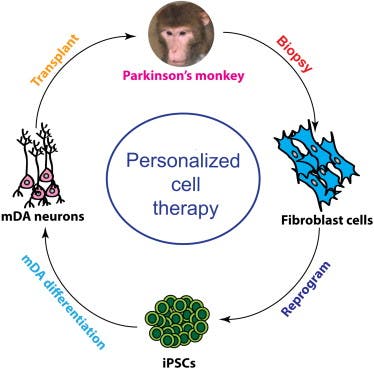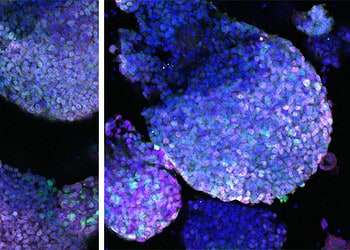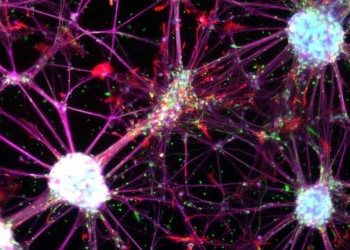Researchers have managed to take skin cells from monkeys, reverse engineer them into stem cells, and then transplant into the monkeys’ brain where they successfully became brain cells. This technique holds massive promise for treating mental degenerative diseases.
The generation of induced pluripotent stem cells (iPSCs) opens up the possibility for personalized cell therapy. Using Rhesus monkeys iPSC-derived neural progenitors, they developed neurons, astrocytes, and myelinating oligodendrocytes (all types of brain cells).
This was done in primates, which are obviously closer to us than rats – and closer to humans is always better. Also, this method created no tumor formation in vivo, nor any other type of negative immune response.
The main problem with this study is that they did not see any functional improvement after transplantation based on behavioral recovery or PET data. Also, while the study is a proof of concept, it still isn’t very comprehensive. They showed that differentiated cells can engraft successfully into their injured brain region. No functional recovery occurred (yet), but what’s really really good is that no tumors were caused as well.







